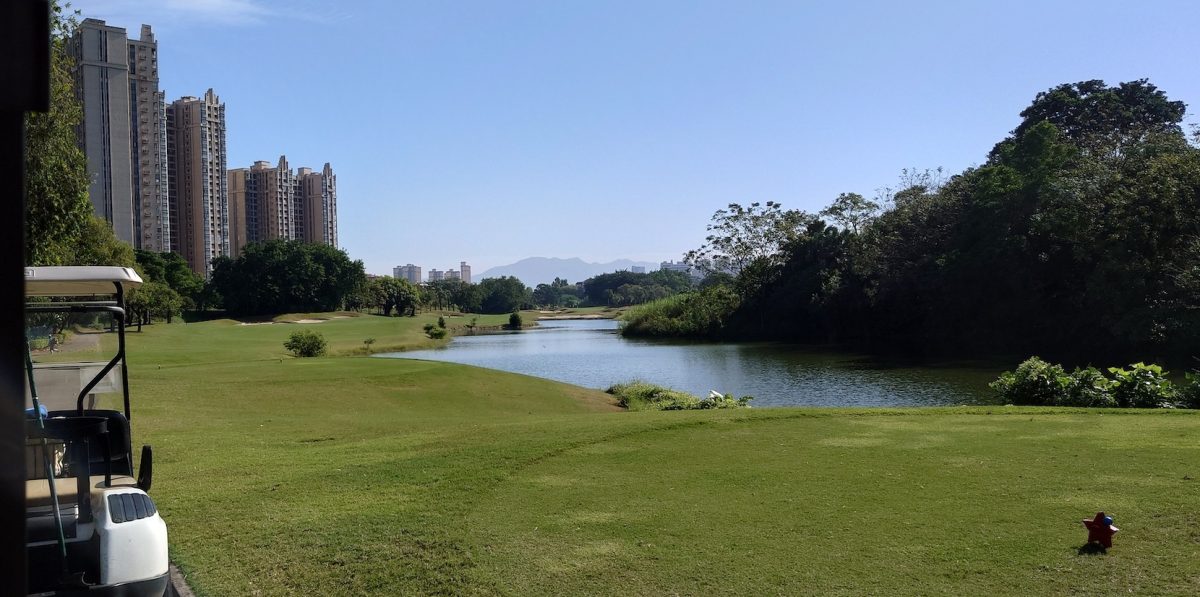
經過係MobileIron configure Android Enterprise,overall 係成功嘅,不係因為無Web@Work做Secure Browser。只可以用MI Tunnel + Chrome。
係Android Enterprise落App Configure同一般App Config唔同。 Configuration Profile係直接跟App。
但係好衰格嘅係資料好小好難搵。以下係落Managed Bookmarks,係MI Web@Work 落Bookmarks容易好多
由下面Microsoft Link嘅Sample,我只需要Managed Bookmarks個段。 但係另人誤會嘅係 所有嘅slash “\” , 都係唔需要嘅。
{
"kind": "androidenterprise#managedConfiguration",
"productId": "app:com.android.chrome",
"managedProperty": [
{
"key": "EditBookmarksEnabled",
"valueBool": false
},
{
"key":"ManagedBookmarks",
"valueString": "[{\"toplevel_name\":\"Contoso Bookmarks\"},{\"url\":\"microsoft.com\",\"name\":\"Microsoft\"},{\"url\":\"blogs.technet.microsoft.com\",\"name\":\"Favourite Blogs\"},{\"name\":\"Email services\",\"children\":[{\"url\":\"gmail.com\",\"name\":\"GMail\"},{\"url\":\"outlook.com\",\"name\":\"Outlook\"}]}]"
}
]
}
再下面由MI Community嘅sample就試到差別
From MI Community
[{“toplevel_name”: “Top Level”}, {“url”: “google.com”, “name”: “Google”}, {“url”: “youtube.com”, “name”: “Youtube”}, {“name”: “Chrome links”, “children”: [{“url”: “chromium.org”, “name”: “Chromium”}, {“url”: “dev.chromium.org”, “name”: “Chromium Developers”}]}]
以上Sample 有space係中間。經過試驗係唔Work嘅
[{“toplevel_name”:”Top Level”},{“url”:”google.com”,”name”:”Google”},{“url”:”youtube.com”,”name”:”Youtube”},{“name”:”Chrome links”,”children”:[{“url”:”chromium.org”,”name”:”Chromium”},{“url”:”dev.chromium.org”,”name”:”Chromium Developers”}]}]
Reference
https://blogs.technet.microsoft.com/microscott/configuring-google-chrome-settings-with-intune-and-android-for-work/









You must be logged in to post a comment.